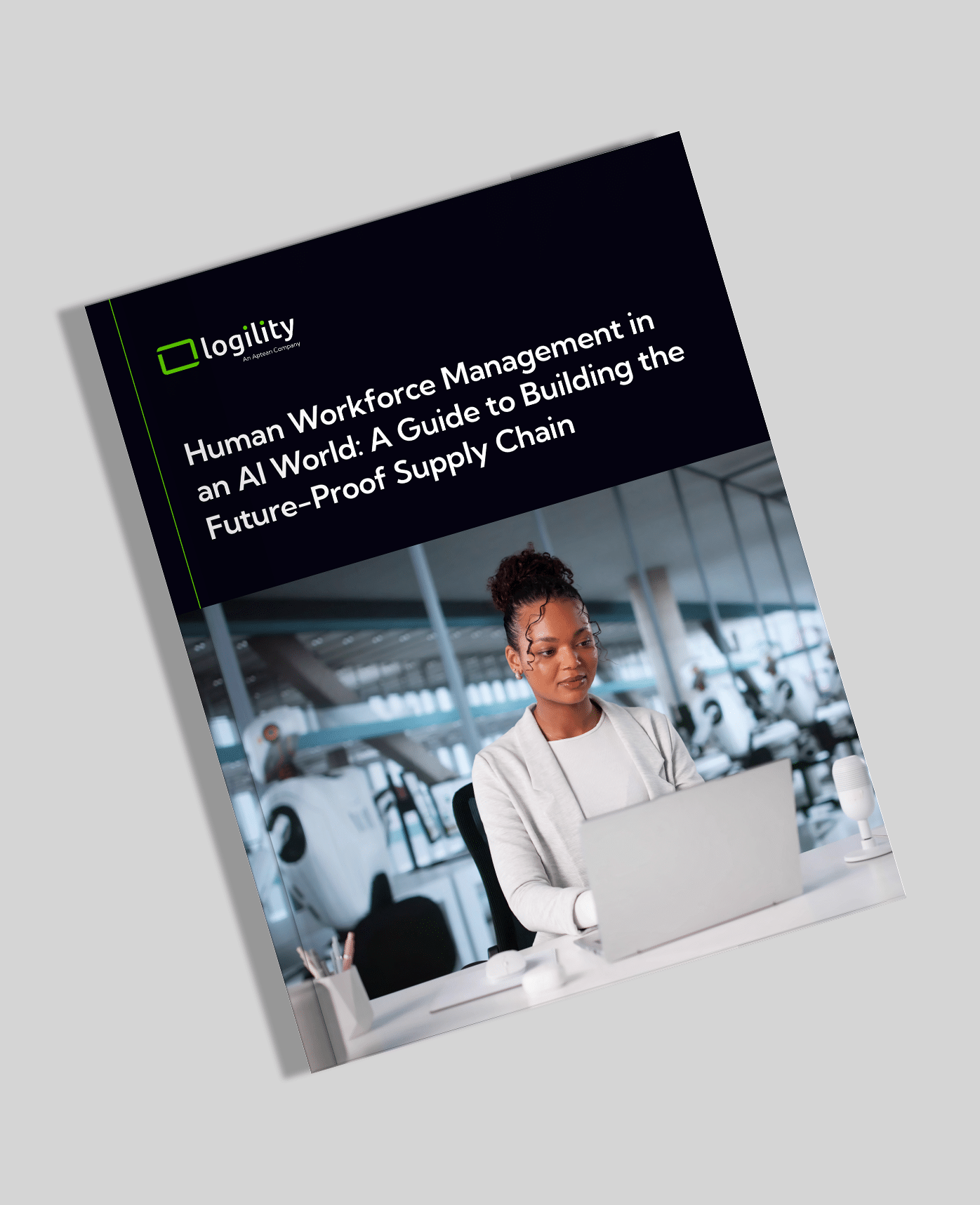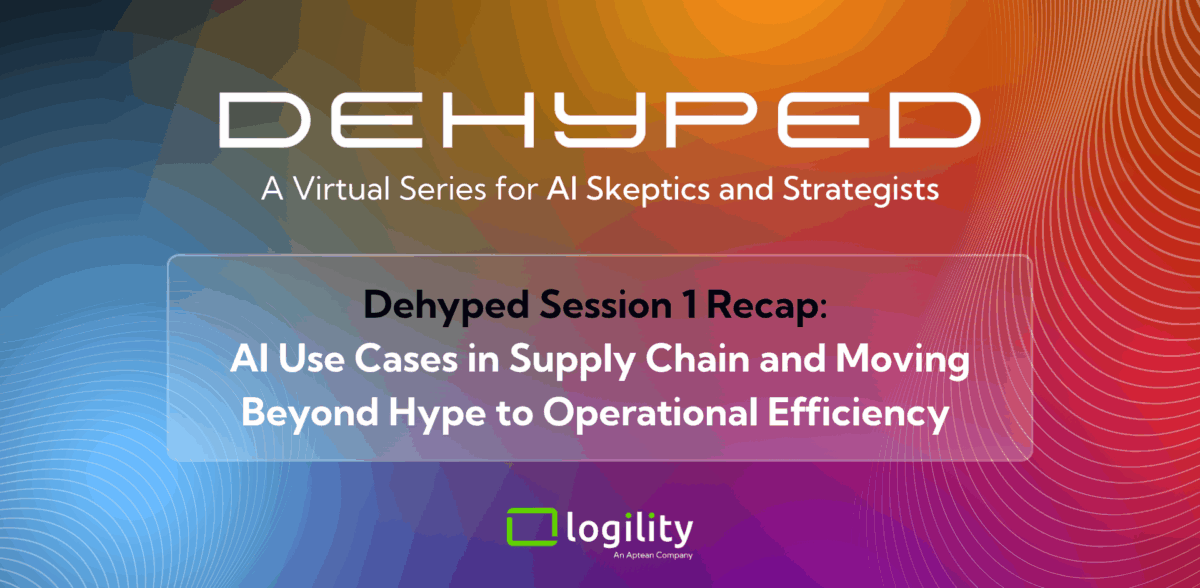
As artificial intelligence revolutionizes supply chain management, the demand for a skilled workforce is evolving. Organizations must adapt to new ways of working to stay competitive.
This shift requires a commitment to workforce transformation that focuses on reskilling and restructuring teams. Companies that embrace AI productivity will find opportunities for growth and efficiency.
In this article, we will explore the essential skills needed for an AI-ready workforce. We will also discuss how to build agile team structures and foster a culture of continuous learning.
Let’s delve into the components that create a thriving supply chain workforce equipped for the future.
Evolving Skillsets
As AI reshapes supply chain operations, the roles and skills of the workforce must evolve. Organizations that proactively reskill supply chain talent and restructure teams around AI capabilities will lead the way.
The value of supply chain professionals is shifting:
- Fading Skills: Manual data entry, spreadsheet forecasting, siloed problem-solving, repetitive transactional workflows
- Rising Skills: Scenario modeling, AI oversight, cross-functional collaboration, innovation leadership
Employees are moving from being calculators of the system to orchestrators of enterprise decisions. Their value lies not in the amount of data they manage, but in their ability to interpret, connect, and act on insights. Emphasizing training programs that develop these new skills can drastically improve overall productivity.
Agile Team Structures
AI generates insights across functions, demanding teams that are equally integrated. Agile teams blend planners, logistics managers, and finance partners to evaluate AI-generated scenarios collaboratively. These teams flex as needs shift, scaling up for product launches or disruptions, and scaling down for routine operations.
This flexibility improves execution and makes the supply chain a more engaging place to work. Employees feel part of a dynamic, collaborative unit, rather than isolated cogs in a larger machine. Fostering a cross-disciplinary approach encourages innovative solutions and more efficient workflows.
Culture of Continuous Learning
Modern employees expect intuitive, collaborative tools. AI-first platforms deliver decision-ready intelligence and engaging interfaces, helping companies attract and retain top talent. Continuous learning becomes part of the DNA, fostering innovation and adaptability.
Organizations must embed psychological safety into their culture, allowing employees to experiment without fear of failure. Recognition and reward structures should celebrate adaptability and efficiency. By promoting a culture of learning, employees can explore new methodologies without the pressure of immediate success.
Guide: Human Workforce Management in an AI World
Want to know more about the future of the supply chain workforce? Inside, you’ll learn how to empower your teams with AI-driven insights, reskill talent for higher-value roles, and build collaborative, cross-functional units that thrive in disruption.
DownloadThe Human Factor in the AI-First Supply Chain
The workforce itself is evolving. New talent expects workplace systems to match the intuitive, interactive technology they use daily. When systems lag, companies risk losing top performers to industries offering more modern experiences.
AI-first approaches matter. When AI is built into supply chain platforms, employees gain faster access to insights, decision-ready intelligence, and intuitive interfaces. Work becomes more engaging, collaborative, and impactful. Organizations that prioritize human-AI collaboration will harness the full power of their workforce.
Conclusion
The human factor is central to AI success. By investing in rising skills, agile structures, and a culture of continuous learning, organizations unlock the full potential of their workforce and position themselves for long-term growth. Embracing these changes is crucial for organizations aiming to thrive in a rapidly evolving supply chain landscape



